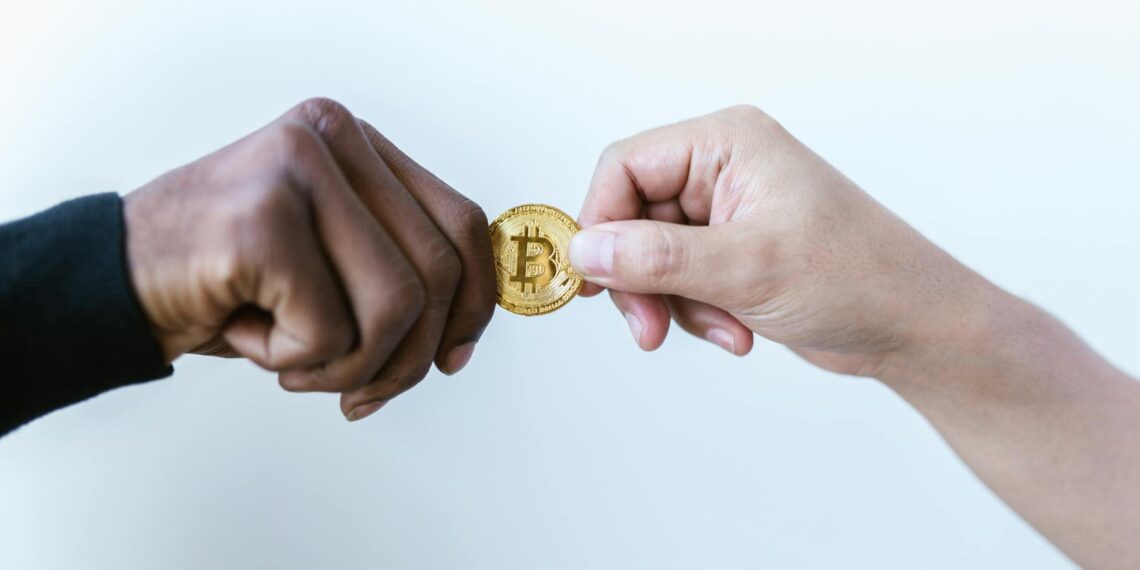When it comes to the value of a coin featuring Liberty, it’s important to be specific as many U.S. coins depict Lady Liberty.
Here’s some information on the value of various Liberty coins:
- Average Value: Between $15 and $20.
- Most Valuable: The 1916 Standing Liberty Quarter is particularly sought after due to its low mintage (52,000 pieces) and original “bare-breasted” design.
– Good Condition: Around $2,000.
– Uncirculated: Upwards of $11,500.
– One 1916 Standing Liberty Quarter in Mint State (MS) condition has sold for as much as $60,500.
- Other Valuable Dates: The 1921 Standing Liberty Quarter, for instance, can be worth $125 in Good condition and $1,200 in Uncirculated condition.
- Average Value: Low-grade examples can be found for a few hundred dollars.
- Most Valuable: Uncirculated examples are rare and can command prices well into the thousands.
– The 1870-S Seated Liberty has sold for $1,092,500.
– The 1866 Seated Liberty (No Motto) has sold for $1,050,000.
- Average Value: Around $10 to $13.
- Most Valuable: The 1921-S Walking Liberty Half Dollar can be worth as much as $105,000.
- Average Value: Common dates typically range from $2-$3 in Good condition to $200 or more in uncirculated condition.
- Most Valuable: The 1913 Liberty Head Nickel is one of the most famous and rarest U.S. coins, with only 5 known examples.
– The Eliasberg specimen (finest known) was sold for $5 million in a private sale.
– The Walton specimen, rediscovered in 2003, sold for $4.2 million in 2022.
- Rarity: Low mintage numbers and survival rates significantly increase a coin’s value.
- Condition/Grade: The preservation of a coin, including the sharpness of its strike, surface preservation, luster, and lack of wear or damage, is crucial to its value. A coin’s grade is assessed on the Sheldon Scale from 1 (Poor) to 70 (Perfect). Professional grading services like PCGS, NGC, and ANACS can provide unbiased evaluations and encapsulation, boosting a coin’s credibility and resale value.
- Market Demand: The popularity of a coin among collectors and investors influences its price.
- Metal Content: Coins containing precious metals like gold or silver have an inherent melt value that can exceed their face value.
- Historical Significance: Coins linked to significant historical events or periods can be particularly desirable.
Note: Always consult with a numismatic professional to accurately determine the value of your specific Liberty coin.









What makes a Liberty coin valuable?
In addition to the coin’s design, the timing of this particular coin’s minting makes it especially valuable. First minted in 1916 and minted up until 1947, this coin was around during some of the most iconic periods of American history.
How old is the $20 Liberty coin?
The Liberty Head double eagle or Coronet double eagle is an American twenty-dollar gold piece struck as a pattern coin in 1849, and for commerce from 1850 to 1907. It was designed by Mint of the United States Chief Engraver James B. Longacre.